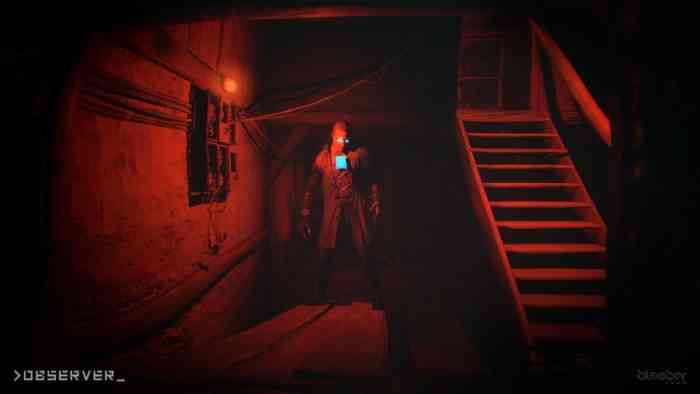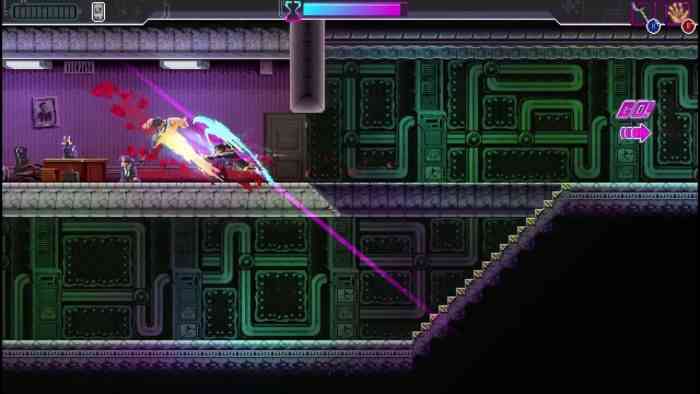COG Considers: Cybernetics Will Probably Not Eat Your Brain
Today on COG Considers, let’s talk about cyberpunk–the genre, not the game. Specifically, let’s talk about how cyberpunk is basically horror in a sci-fi package, and how that horror is starting to get a bit stale. Body horror, for the uninitiated, is a subgenre of horror that focuses on grotesque, distressing, and all-around terrible things happening to the human body. Anything involving extra eyes, extra mouths, or visceral gore and dismemberment usually falls here, especially if it’s probably not physically possible for someone to survive. Cyberpunk, with its focus on invasive technology, wetware CPUs, and the merging of man and machine beneath a heavy corporate boot, has a long history of icky body horror. I don’t have a problem with this, but it’s starting to seem like body horror is the only horror the cyberpunk genre is willing to offer us.

Mutilation, human bodies being consensually or forcibly connected to machinery, and the transformation of person into technology are everywhere in the cyberpunk genre. It’s part of what makes Observer so effective as both a cyberpunk game and a horror game. Other eerie cyberpunk games like the Shin Megami Tensei series, Metal Gear Rising: Revengeance, and to an extent the new Deus Ex play on similar fears of flesh being twisted and consumed. I’m not complaining about this, exactly, but I am complaining about the fact that more recent cyberpunk work seems to be missing what’s truly scary about these scenarios: the social and economic element. Having cybernetics on their own isn’t necessarily terrifying and they probably won’t destroy your humanity, but being trapped in a situation where you need to rely on evil corporations to maintain your body–or you need to become a cyborg just to hold down a job–definitely is and probably would.
It’s not exactly shocking to point out that cyberpunk has become more of an aesthetic than anything else, especially when that aesthetic is so striking. Shiny mechanical limbs, wires poking of peoples’ craniums, a city of neon lights eternally drenched in rain–I’m getting shivers just thinking about it. But there’s a term for stories that are all aesthetic: style over substance. Maybe that’s because we now basically live in a cyberpunk world and it’s really depressing to see games touch on the lack of privacy, constant violations of human rights, and corporate double standards that surround us in our daily lives. I get it, but if you embrace the style over substance branch of cyberpunk, you lose the ‘punk’ part, because punk without social commentary is punk without teeth. All the punk genres live and die over social commentary. Even the original Ghost in the Shell manga was as much about the corporate state abusing people as it was about the fear of losing your humanity to cybernetics.

Video games can still say a lot using the striking aesthetic and bold, visceral horror that’s become emblematic of cyberpunk. Katana ZERO, for instance, tells a surreal and painful story about addiction, dependency, and control through the lens of drug addiction. The protagonist was deliberately addicted to a high-tech drug called Chronos that gives him superhuman abilities and the power to experience the world in bullet time, which sounds great until you realize that the drug is exclusively manufactured by some very shady people, the side effects are nightmarish, and the withdrawal is killer. Literally.
Maybe that’s the next step of cyberpunk, actually–less cybernetics, more medical horror. Games that examine drug addiction, medical corruption, or medical dependency against a backdrop of neon light and a throbbing EDM soundtrack. I’d play them.